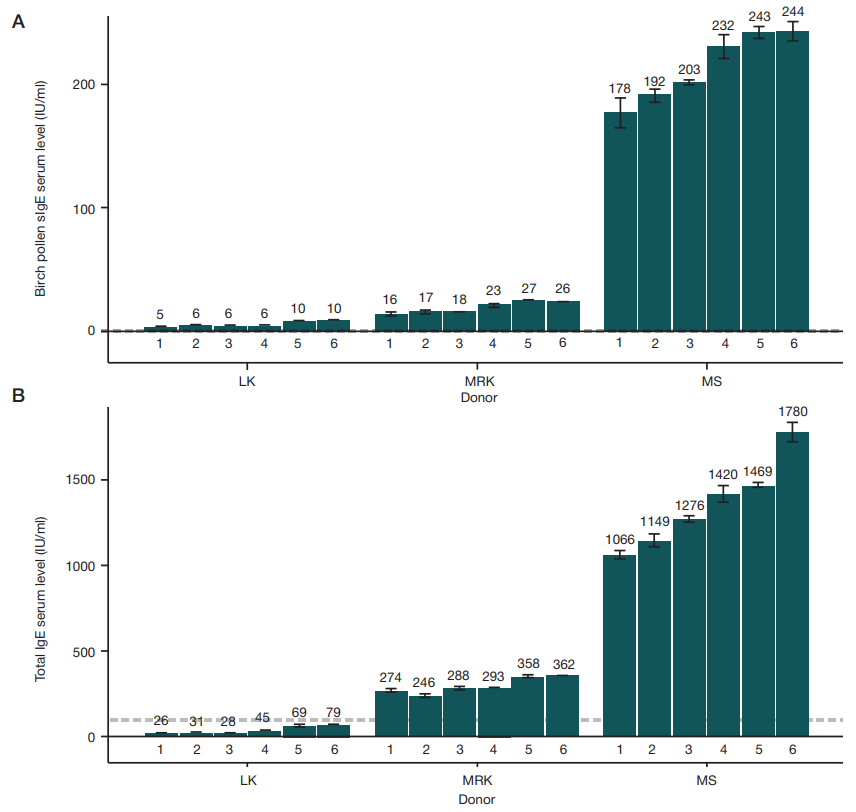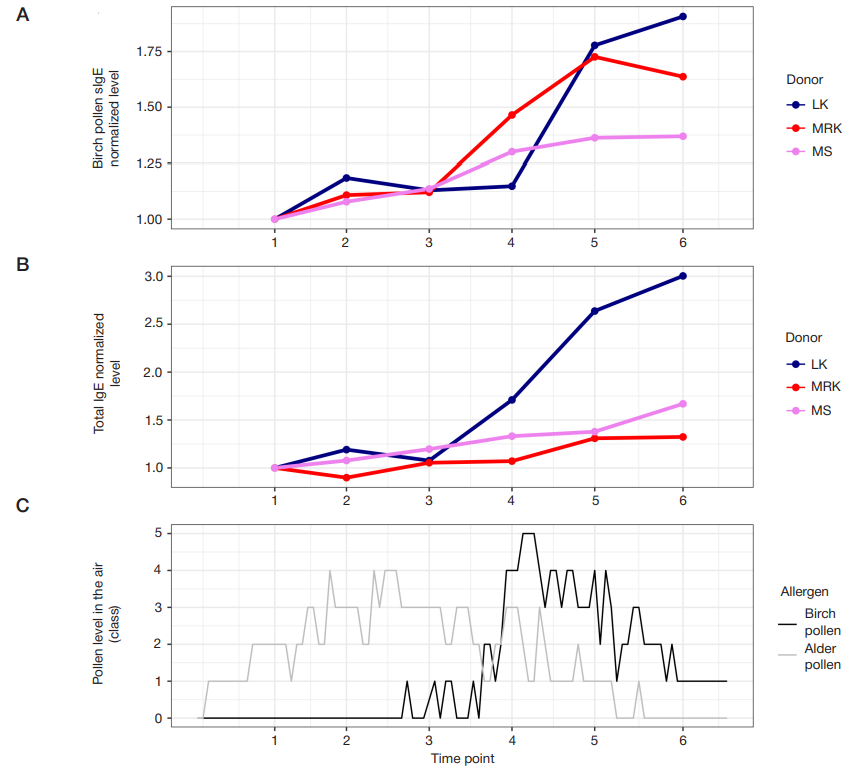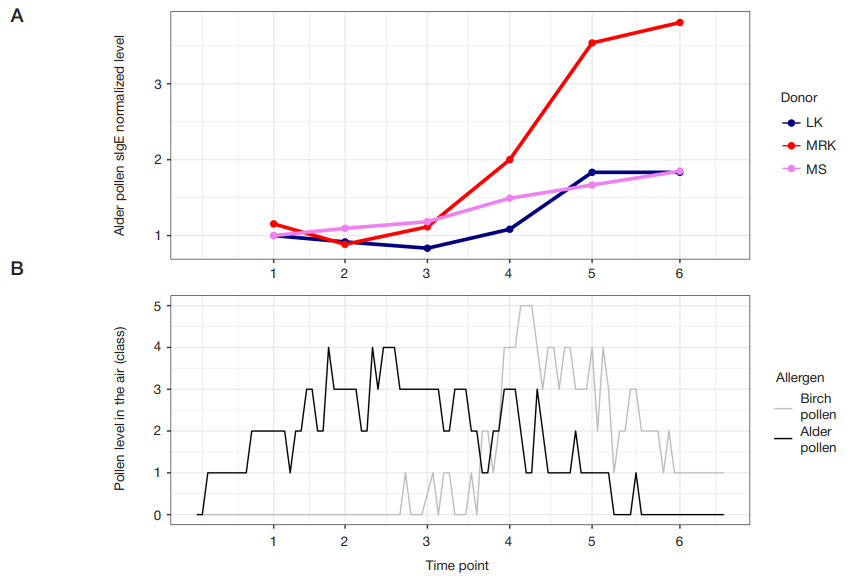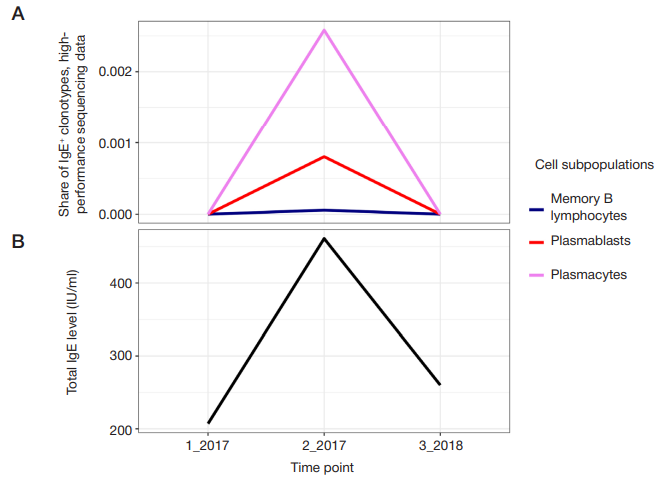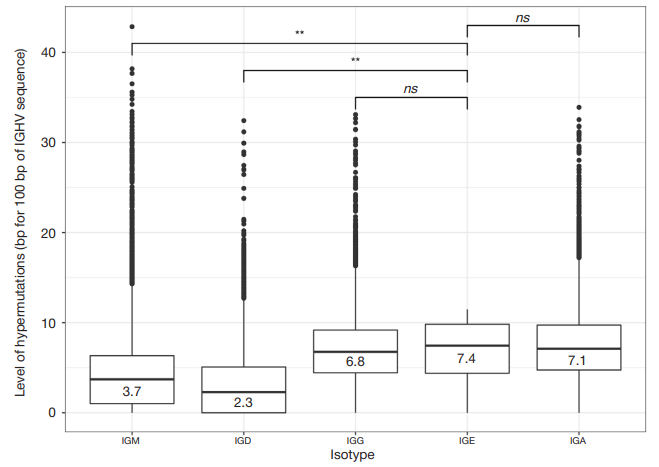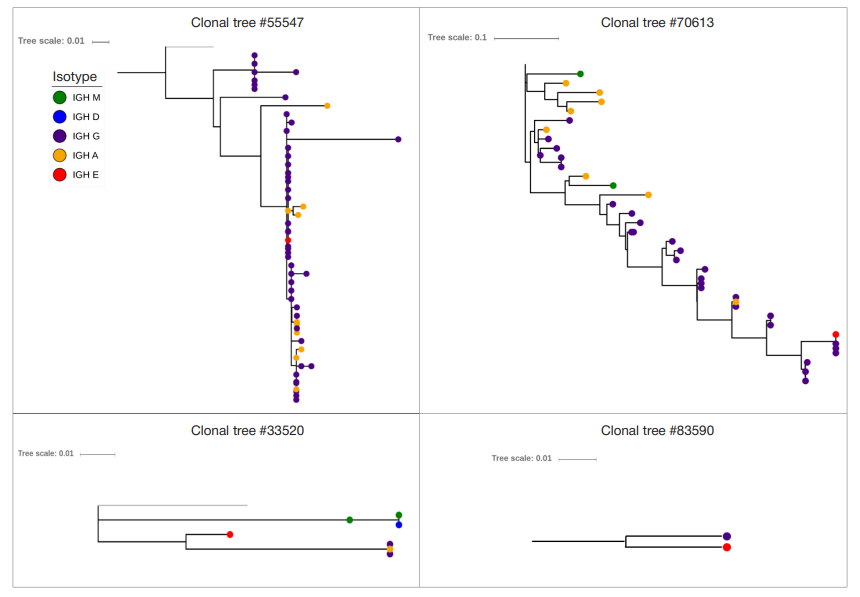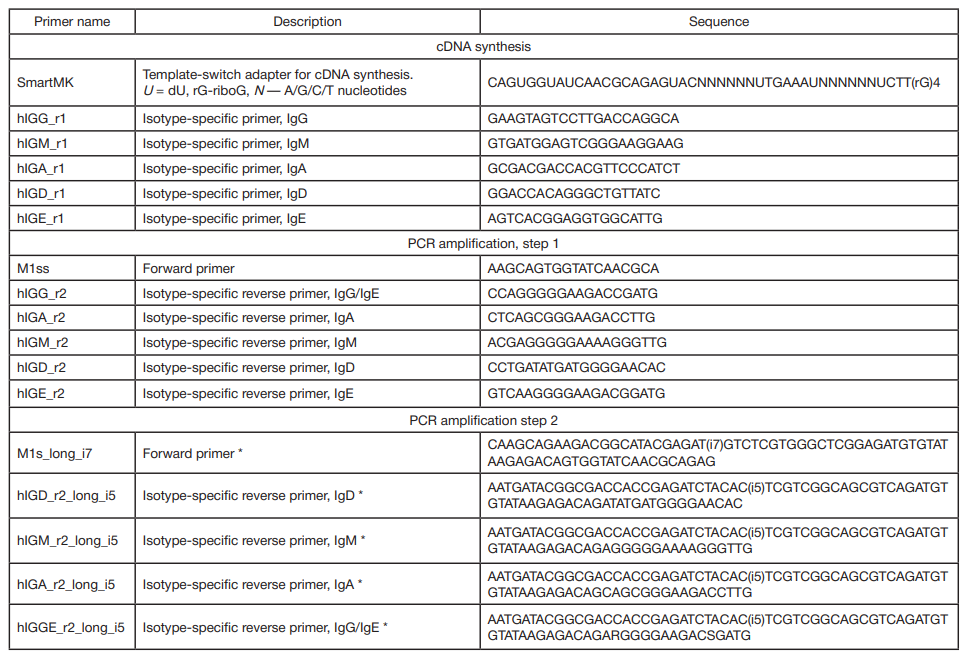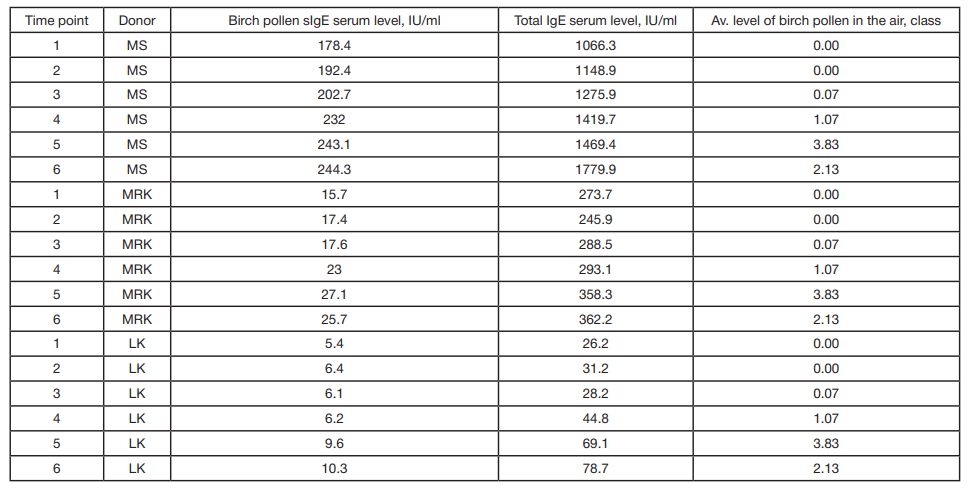
This article is an open access article distributed under the terms and conditions of the Creative Commons Attribution license (CC BY).
ORIGINAL RESEARCH
Correlated dynamics of serum IGE and IGE+ clonotype count with allergen air level in seasonal allergic rhinitis
1 Skoltech, Moscow, Russia
2 Shemyakin and Ovchinnikov Institute of Bioorganic Chemistry, Moscow, Russia
3 Pirogov Russian National Research Medical University, Moscow, Russia
Correspondence should be addressed: Ivan V. Zvyagin
Miklukho-Maklaya, 16/10, Moscow, 117997; moc.liamg@nigayvzi
Funding: the study was supported by the Grants Council under the President of the Russian Federation (grant MK6000.2018.4).
Acknowledgments: we are very grateful to all the donors who participated in the study.
Author contribution: Mikelov AI — antibody levels determination, IGH cDNA libraries preparation, sequencing data and results analysis, research design, drafting; Staroverov DB — cell subpopulations isolation (flow cytofluorometry); Komech EA — blood samples collection, cell subpopulations isolation (flow cytofluorometry); Lebedev YB — results analysis and discussion, advisory support; Chudakov DM — results analysis and discussion, advisory support (cDNA libraries preparation); Zvyagin IV — IGH cDNA libraries preparation,sequencing data and results analysis, research design, drafting, research organization.
